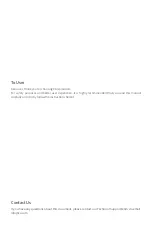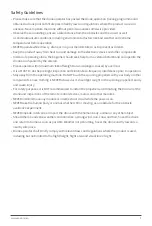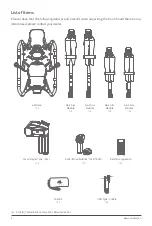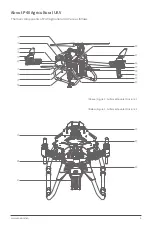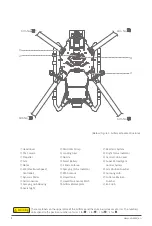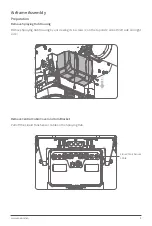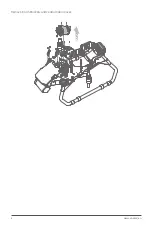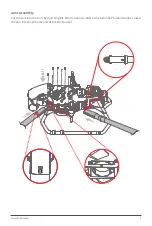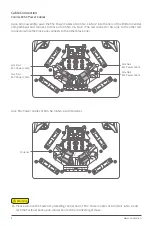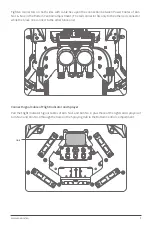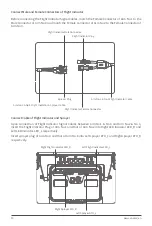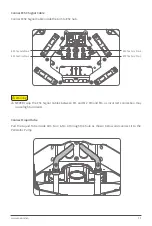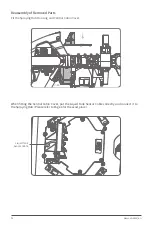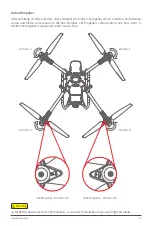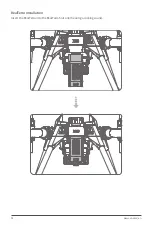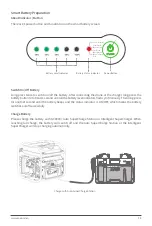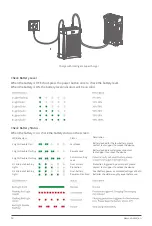
www.xa.com/en
1
Safety Guidelines
• Please make sure that the drone operator has passed the drone operation training programme and
obtained a drone pilot certificate prescribed by laws and regulations where the product is used in
advance. Never operate the drone without permission unless otherwise provided.
• Observe the surroundings, ensure a safe distance from the obstacles and the crowd as well
as eliminate unsafe conditions including environmental factors like bad weather and extreme
temperatures before operation.
• NEVER operate while drowsy, drunk or in a poor mental state so as to prevent accidents.
• Keep the product away from heat to avoid damage to the electronic device and other components.
• Instead of operating alone, the beginner should seek help from a veteran beforehand and operate the
drone accompanied by the veteran.
• Please operate within maximum takeoff weight to avoid dangers caused by overload.
• It is a MUST to do the pre-flight inspection and eliminate co-frequency interference prior to operation.
• Stay away from the operating machine. Do NOT touch the spinning propellers with your body or other
components. Loose clothing is NEVER allowed as it should get caught in the spinning propellers easily
and cause injury.
• For safety purposes, it is NOT recommended to install the propellers until finishing the trial run of the
drone and inspections of the remote control devices, motors and other modules.
• NEVER install/remove any module or insert/extract circuit while the power is on.
• NEVER take the human body or animal, whether still or moving, as an obstacle for the obstacle
avoidance experiment.
• NEVER impede, intervene or impact the drone with the human body, animal or any other object.
• Should there be adverse weather conditions like a strong wind, rain, snow and hail, hover the drone
and return to home as soon as possible. Weather not permitting, hover the drone and fly towards a
nearby safe place.
• Drone operator shall strictly comply with relevant laws and regulations where the product is used,
including but not limited to the flight height, flight area and visual line of sight.


